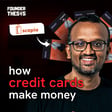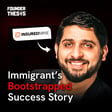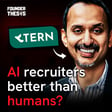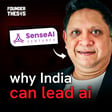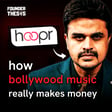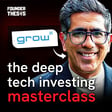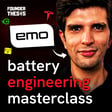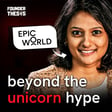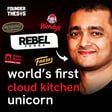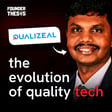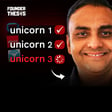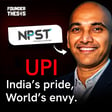
Taking the NPA challenge head on | Rishabh Goel @ Credgenics
India is on the cusp of a new fintech revolution. Post demonetization, where the sector has witnessed a surge in digital payments and lending, there have been very few fintech companies that focus on resolving the debt recovery opportunity.
In a candid conversation with the host Akshay Datt, Rishabh Goel, Co-founder and CEO, Credgenics, takes us through his inspiring journey. He is an alumnus of the prestigious IIT Delhi and has worked with companies like Deutsche Bank and BlackRock before taking the entrepreneurial plunge.
Rishabh harks back to his days at BlackRock which gave him a better understanding of the lending process, specifically from the collections perspective. This inspired him to dig deeper into the subject leading to the birth of Credgenics in 2019, which is already valued at USD 110 million.
Tune in to this episode to hear Rishabh talk about how Credgenics is resolving India’s $200 billion+ bad debt problem by delivering customized strategies and legal routes to improve the collections of financial institutions.
What you must not miss!
- Effect of COVID and RBI moratorium on collections.
- Funding and subsequent expansion of Credgenics.
- Scope of global expansion for the business.
